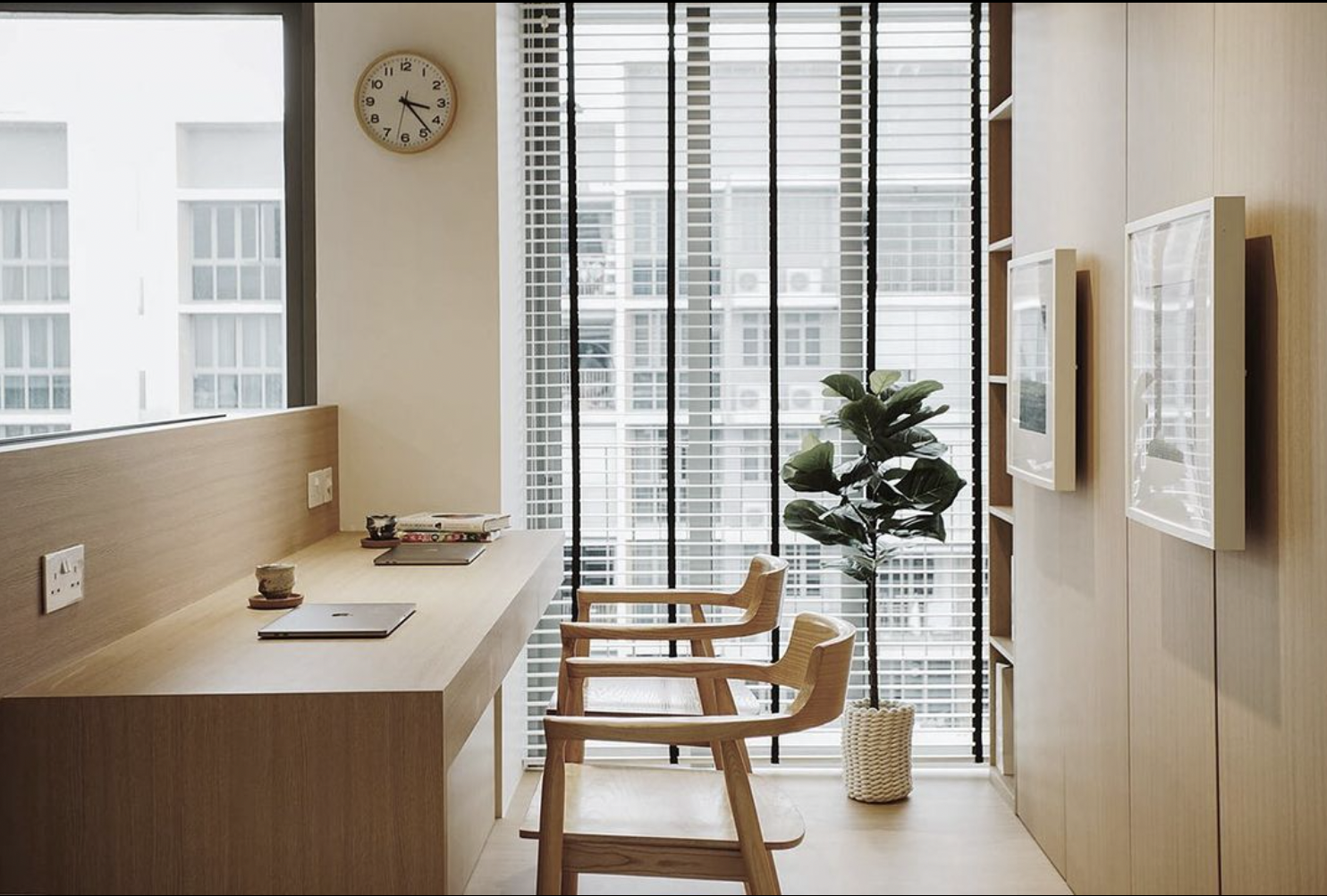Key Takeaways
- Plan early, wire wisely: Integrate concealed cabling and mesh Wi-Fi during renovation for a future-ready smart home.
- Pick a brainy hub: Brands like SmartGeez and Orvibo provide a smart display or panel that unites lighting, security, and climate under one app.
- Guard your data: Choose CSA-labelled gear, set strong passwords, and keep firmware current to enjoy convenience without compromise.
1. When a Smart Home Goes Beyond Flicking a Switch
Standing at your doorway after a long workday, the lights glide on, the air-con settles at 24 °C, and Spotify cues your winding-down playlist—no remote in sight. It feels like a small slice of science fiction, yet it’s already reality in more than 712,200 Singapore homes.
2. Convenience Meets Precision for the Little Red Dot
Will your smart home system understand Singlish slang? Can it cope with our humidity? These are the real questions Singaporean homeowners put to interior designers every day.
3. Government Push and Market Numbers
The Smart Nation program has paved fibre routes and boosted Wi-Fi coverage island-wide. Analysts now peg the local smart home technology market at USD 7.90 billion by 2025, driven by homeowners who want full control without extra hassle.
Automation should fade into the background—like good joinery.
4. Building a Smart Home System From the Ground Up
A renovation is the prime moment to hide conduits, add a mesh network, and plan sensor placement. Early coordination between your ID, electrician, and smart devices supplier saves money later.
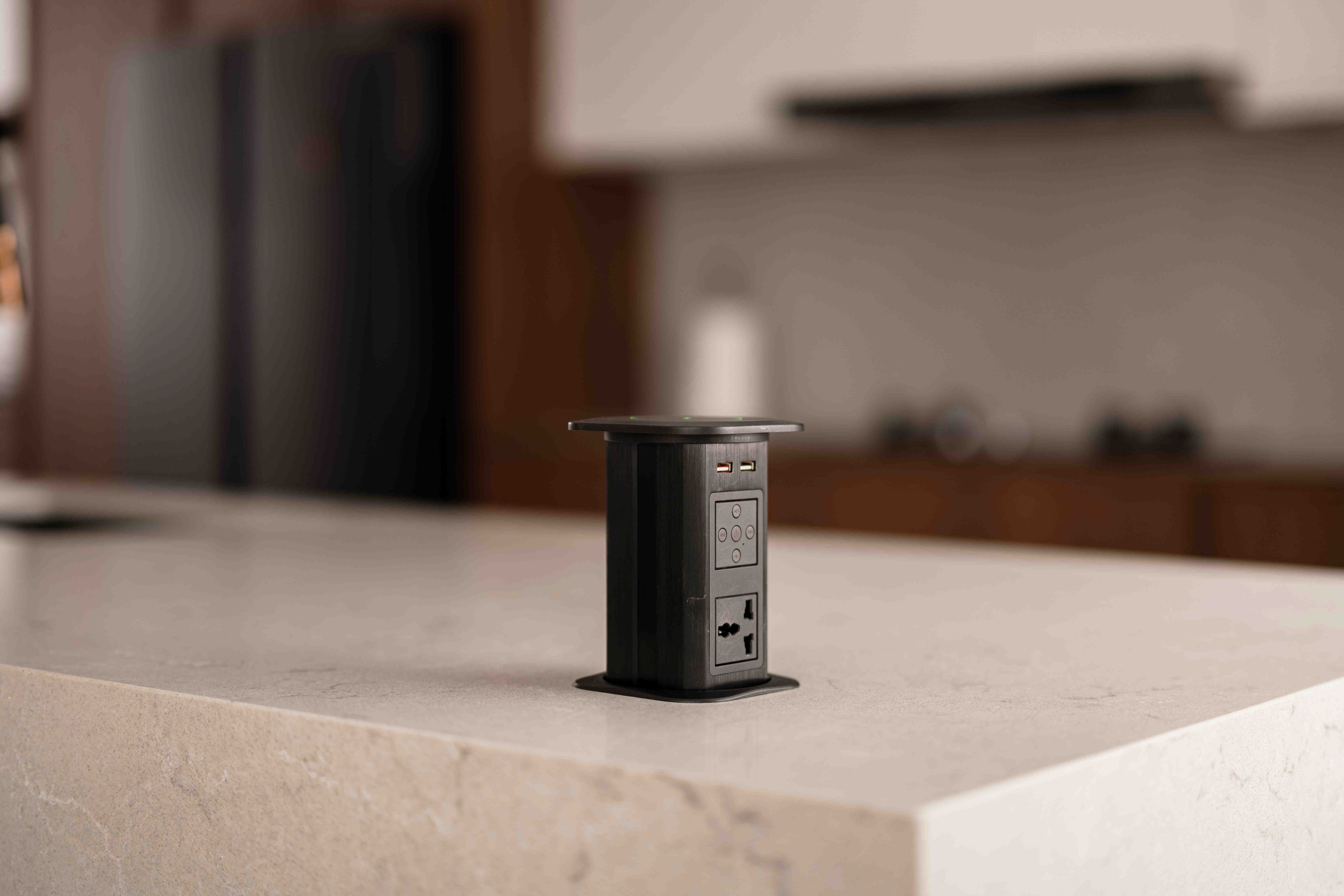
5. Voice Control 2.0: Google Home and Friends
Speak, and the bedroom cools. Google Home now recognises individual voices. Pair it with Google Assistant routines: “Hey Google, good night” kills the smart lights, locks the door, and arms video doorbells.
6. Wi-Fi: The Hidden Backbone
Blazing fibre means nothing if your router sits behind concrete. Good designers map Wi-Fi dead zones, deploy access points, and test with several Google Home units before handing over keys.
7. Energy Savers: Smart Thermostats & Lights
A smart thermostat reads the afternoon sun and eases the compressor. Dimmable smart light bulbs (both warm and cool) shave watts while keeping ambience. Philips Hue, paired with Apple HomeKit, remains a crowd-pleaser.
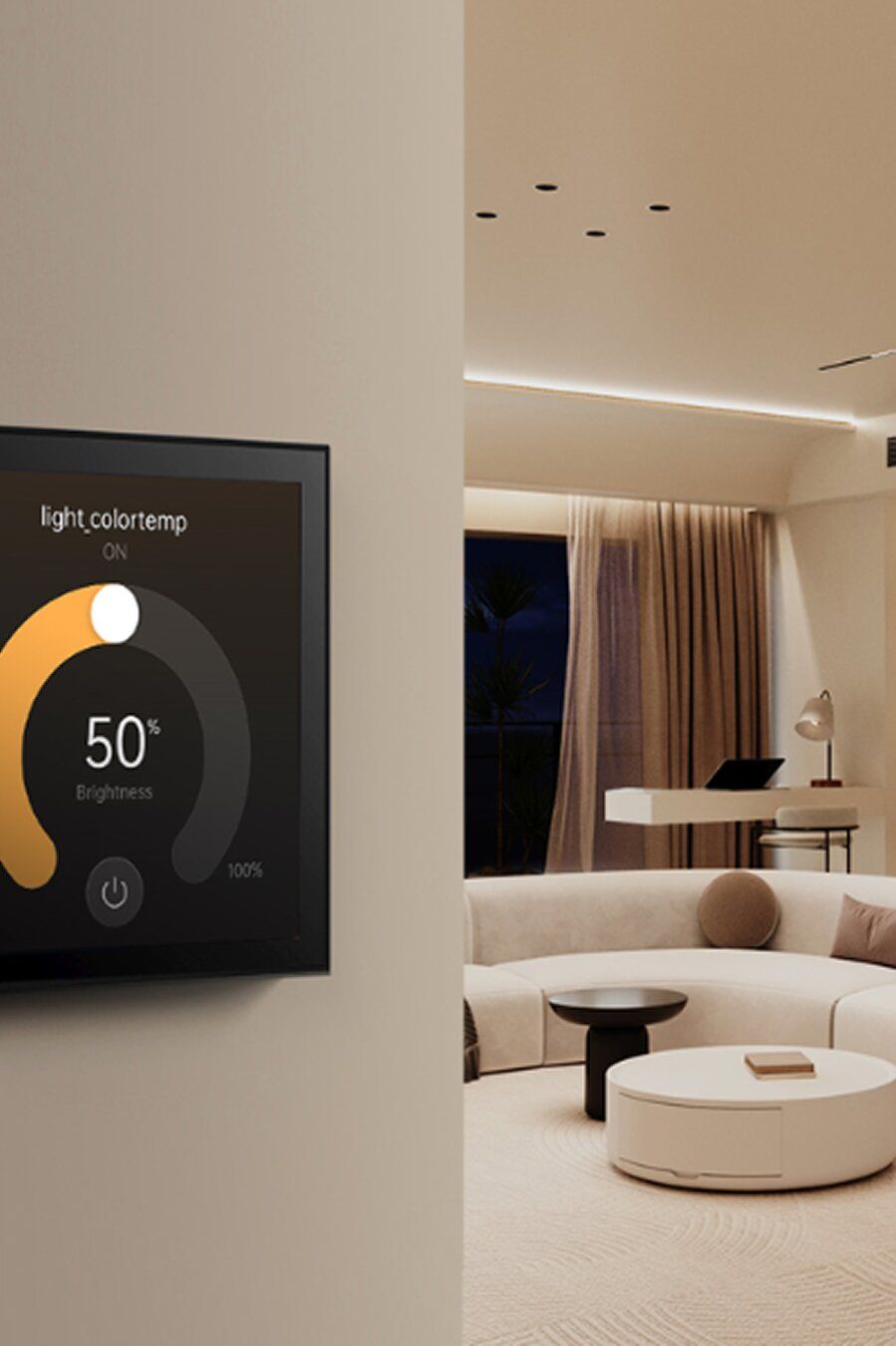
8. Security First: Smart Locks and Video Doorbells
From smart lock fingerprint readers to Arlo Video Doorbell alerts for packages left at the gate, security gadgets now carry CSA labels for peace of mind. A single smart home hub can funnel feeds to your phone.
9. Wellness Tech: Breathing Easier Indoors
Air-quality monitors tweak the purifier; voice commands ask a Nest Hub for PM2.5 readings. Seniors gain a discreet fall-detection sensor beneath the bedframe—one more way smart devices enrich daily life.
10. Interoperability: Making Devices Work Together
Open ecosystems such as Tuya and Matter help other devices chat. Look for labels that say compatible with Amazon Echo, Google Nest, and Apple systems so your future fridge won’t feel left out.
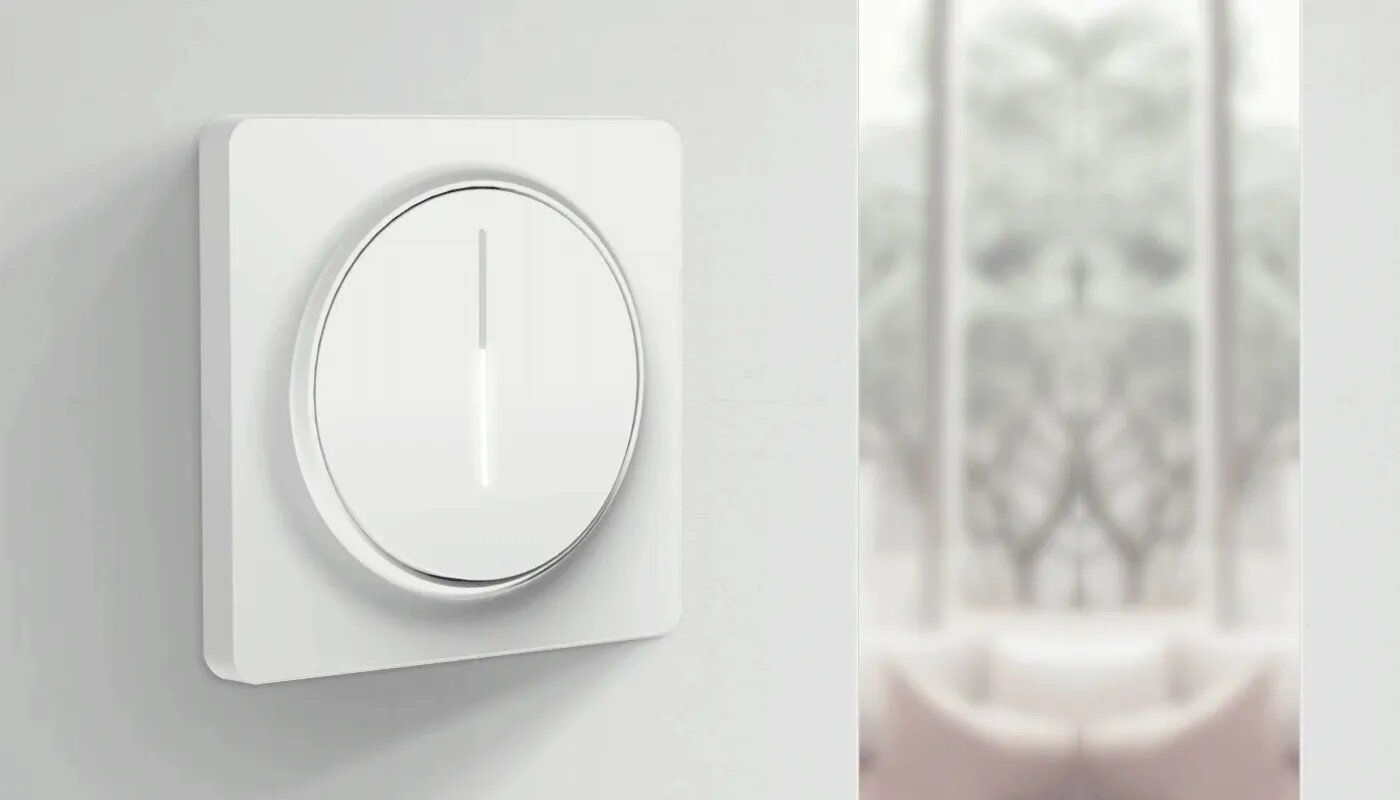
11. SmartGeez: Local Touch, Global Standards
11.1 Track Lights That Listen
SmartGeez elevates spaces with Graviar magnetic track lights—featuring adjustable tri-tone temperatures (2700K–6500K) and voice control via Alexa/Google Assistant. Create custom scenes like dimming lights to 10% for immersive experiences.
11.2 HomeKit Power
Their Sim Lim Square showroom (#03-91) demonstrates seamless Apple HomeKit integration, enabling Siri-controlled lighting scenes for energy efficiency and ambiance.
12. Graviar Lighting: Turning Ceilings into Galleries
The GRAVIAR Flood Light delivers continuous, shadow-free illumination across rooms. Designers leverage its 2700K warmth to enhance natural materials, creating cohesive lighting schemes for modern interiors.
13. Orvibo MixPad: The AI Brain for Your Space
Replace traditional switches with Orvibo’s MixPad, a unified panel managing air-con, blinds, and security. Its widget-driven interface supports 10,000+ customizable scenes for intuitive, silent automation.
14. Renovation Planning: Wiring for Tomorrow
Siting conduits near the breaker keeps devices work tidy. Concealed trunking behind full-height wardrobes hides hub cables without eating usable storage.
15. Cyber Safety: Keeping Data at Home
A strong internet connection deserves stronger passwords. Enable WPA3, schedule firmware updates, and check the CSA Cybersecurity Label.
16. Voice Assistants that Blend In
Place a fabric-clad Amazon Echo on the credenza; tuck a chalk-white Nest Hub beside cookbooks—tiny gestures that make smart speakers part of the décor rather than tech eyesores.
17. Future Developments: Homes That Think Ahead
Imagine your flat chilling itself before you get off the MRT, thanks to predictive AI and geofencing. That’s the future developments path SunnySide is watching closely.
18. Choosing the Best Smart Home Devices
Below is a quick-fire checklist before you buy:
- Look for best smart home devices round-ups that rank sound quality for smart speakers.
- Test latency on smart plugs—cheap ones often lag.
- Ask whether the vendor offers more options for elderly-friendly interfaces.
19. SunnySide Advantage: One Platform, Many Designers
Our network spans specialists in Japandi calm to modern luxury interiors. Submit a brief, and we match you with firms who handle full home automation from lighting to motion sensors.
20. Your Smart Home Starts Today
Imagine saving on bills, enjoying smarter lights, and reclaiming free time. Ready to act?
Fill out the SunnySide contact form, and our design partners will connect with you within one business day.
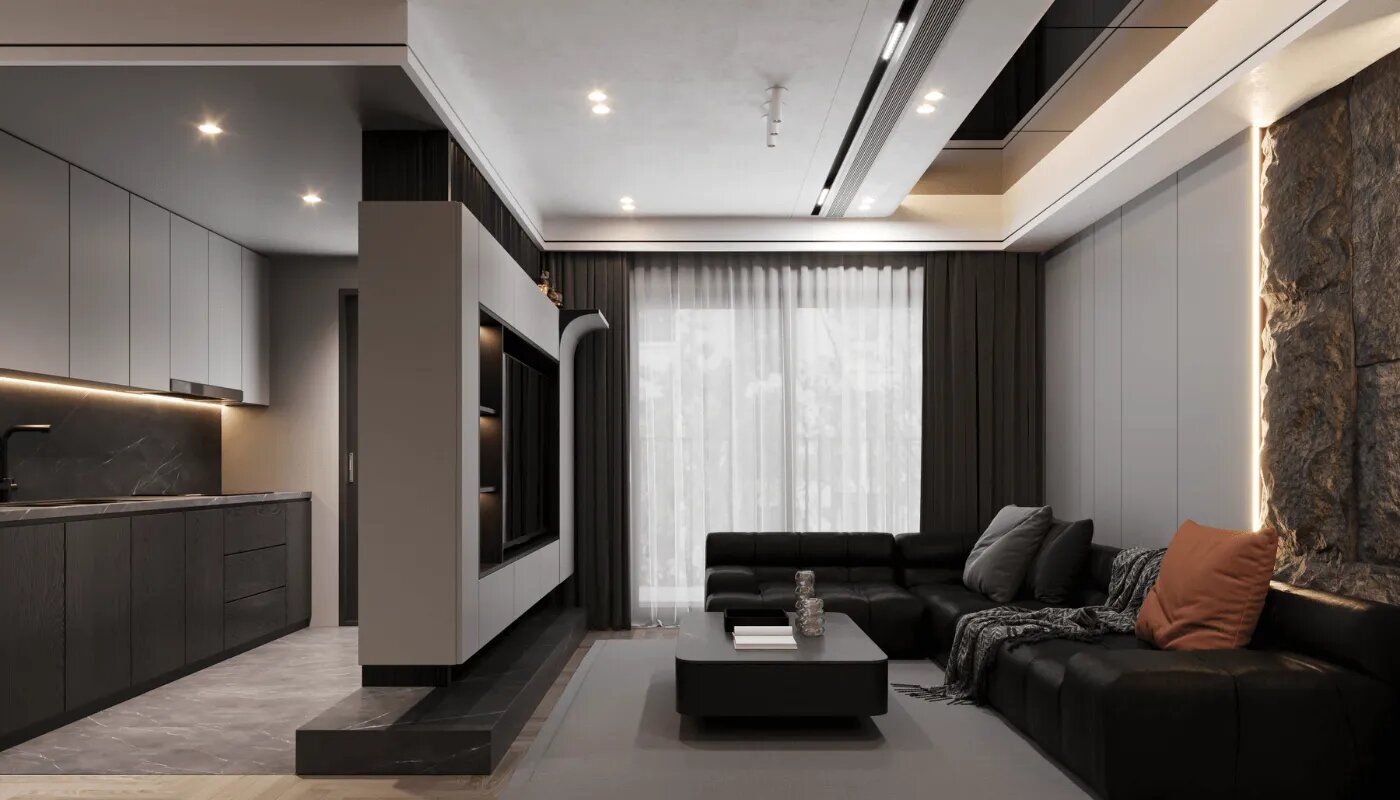
FAQ
1. What devices are in a smart home?
A smart home typically includes:
- Lighting: Smart bulbs (e.g., Philips Hue) and switches (e.g., Aqara).
- Security: Cameras, smart locks (e.g., Yale), and video doorbells.
- Climate Control: Smart thermostats (e.g., Nest) and air purifiers.
- Appliances: Refrigerators, ovens, and washing machines with Wi-Fi/voice control.
- Hubs: Central controllers like Amazon Echo or Google Nest.
- Sensors: Motion detectors and leak sensors
2. What are examples of smart products?
- SmartGeez: Local provider of smart switches and magnetic track lights.
- Graviar: Tri-tone adjustable floodlights for modern interiors.
- Orvibo: AI-driven panels (e.g., MixPad) for unified device control
3. What is an example of a smart home?
A Singaporean HDB flat using:
- Voice assistants (Alexa/Google Home) for lighting/climate control.
- Security systems with AI cameras and smart locks.
- Energy-saving devices like smart thermostats and solar-compatible tech
4. How do I turn my home into a smart home?
- Assess needs: Prioritize security, energy savings, or convenience.
- Start small: Use smart plugs or bulbs (e.g., TP-Link Kasa Mini).
- Expand: Add hubs (e.g., Echo Hub) for centralized control.
- Professional help: Consult experts like SunnySide for seamless integration with interior design
5. What are the best smart home platforms?
- Matter: Ensures cross-brand compatibility.
- Apple HomeKit: Robust security for iOS users.
- Google Home/Alexa: Wide device support and voice control
6. What is home automation equipment?
Devices enabling remote/app control:
- Controllers: Smart hubs (e.g., Echo Hub).
- Sensors: Motion, temperature, or leak detectors.
- Actuators: Smart plugs, motorized curtains
7. What is the cheapest way to automate your home?
- Smart plugs: Control appliances remotely (from $15).
- DIY kits: Affordable sensors/switches (e.g., Aqara).
- Voice assistants: Use Alexa/Google Home for basic automation
8. What to automate in your home?
- Lighting: Auto-adjust based on time/occupancy.
- Security: Arm cameras/locks when away.
- Energy: Optimize AC/lighting via geofencing
9. What is the meaning of a smart home?
A residence using IoT devices for automated, remote-controlled management of lighting, security, climate, and appliances via apps/voice
10. How to set up a smart home in Singapore?
- Plan wiring: Collaborate with electricians for concealed wiring.
- Choose brands: Opt for Singapore-compatible products (e.g., SmartGeez, Orvibo).
- Consult experts: Use SunnySide to match with interior designers specializing in smart home integration
11. What is the latest smart home technology?
- AI personalization: Devices learn routines (e.g., pre-cooling rooms).
- Quantum encryption: Unhackable security for smart locks.
- Health tech: Air quality monitors and emergency alerts
12. Are smart home devices worth it?
Yes, for:
- Energy savings: Smart thermostats cut bills by 8%.
- Security: Real-time alerts and remote monitoring.
- Convenience: Voice-controlled automation
13. What do I need for a smart home?
- Reliable Wi-Fi: Minimum 25 Mbps for multiple devices.
- Compatible devices: Ensure cross-platform support (e.g., Matter).
- Hub: Central controller like Echo Hub
For personalized smart home design, consult SunnySide to match with top interior designers in Singapore.
